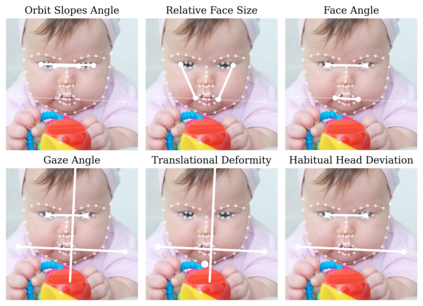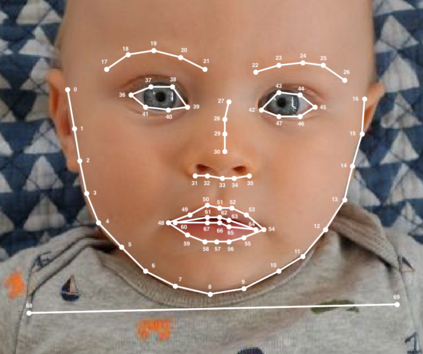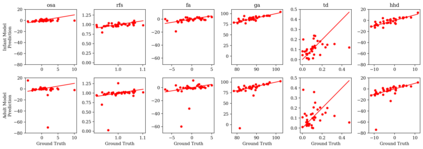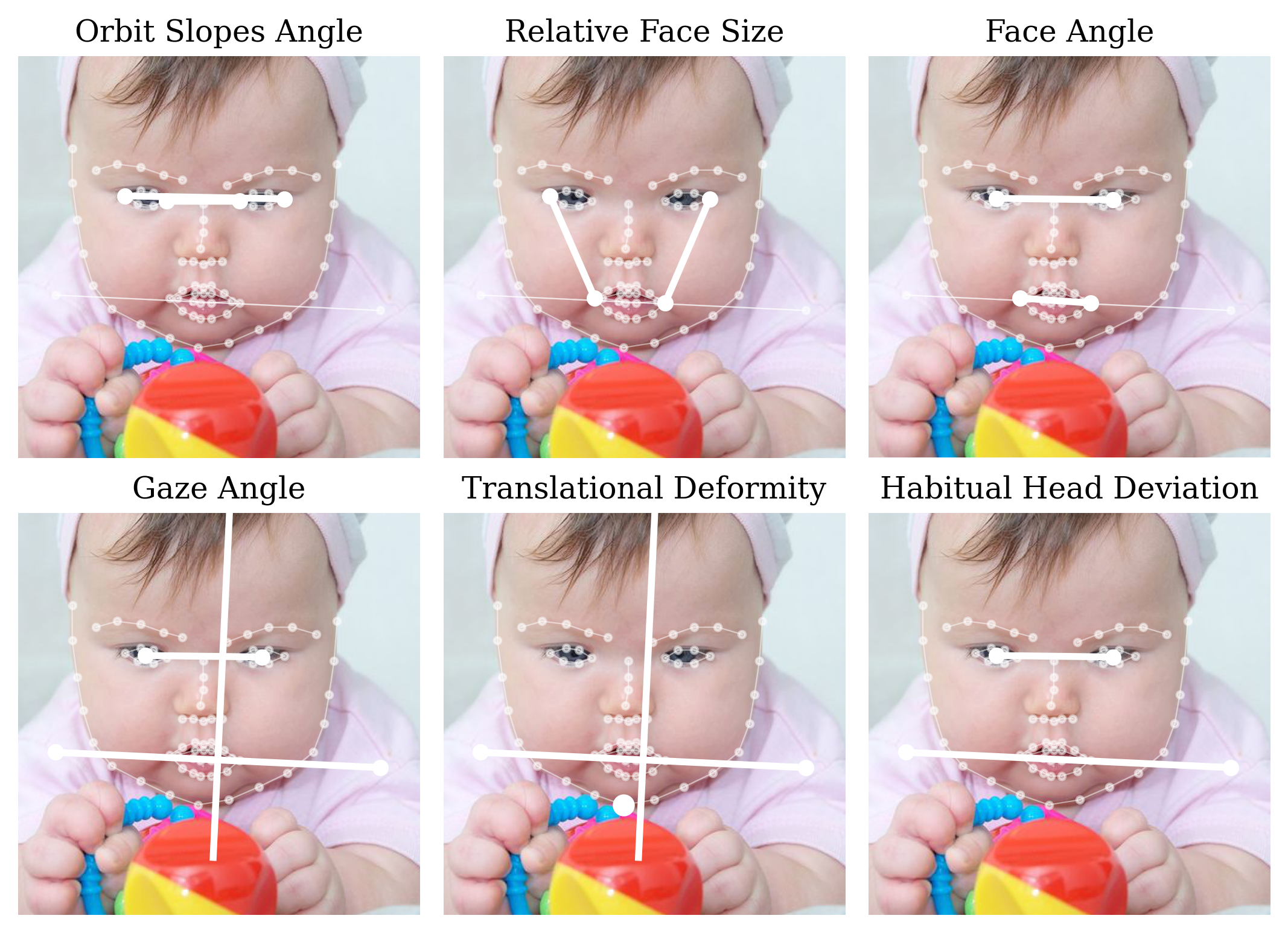We apply computer vision pose estimation techniques developed expressly for the data-scarce infant domain to the study of torticollis, a common condition in infants for which early identification and treatment is critical. Specifically, we use a combination of facial landmark and body joint estimation techniques designed for infants to estimate a range of geometric measures pertaining to face and upper body symmetry, drawn from an array of sources in the physical therapy and ophthalmology research literature in torticollis. We gauge performance with a range of metrics and show that the estimates of most these geometric measures are successful, yielding strong to very strong Spearman's $\rho$ correlation with ground truth values. Furthermore, we show that these estimates, derived from pose estimation neural networks designed for the infant domain, cleanly outperform estimates derived from more widely known networks designed for the adult domain
翻译:我们运用计算机愿景,将明确为数据破碎婴儿领域开发的估算技术,用于研究具有早期识别和治疗重要性的婴儿常见病 -- -- 甲状腺病。 具体地说,我们使用为婴儿设计的面部里程碑和身体联合估算技术相结合,以估计一系列与面部和上身体对称有关的几何测量测量方法,这些方法来自物理治疗和眼科研究文献中的一系列来源。 我们用一系列计量尺度来衡量大多数这些几何测量措施的绩效,并表明这些几何措施的估算十分成功,使Spearman的美元与地面真实值具有非常强的关联性。 此外,我们显示,这些估算来自为婴儿领域设计的表面估计神经网络,从为成人领域设计的更广为人知的网络中得出,明显超出估计。









